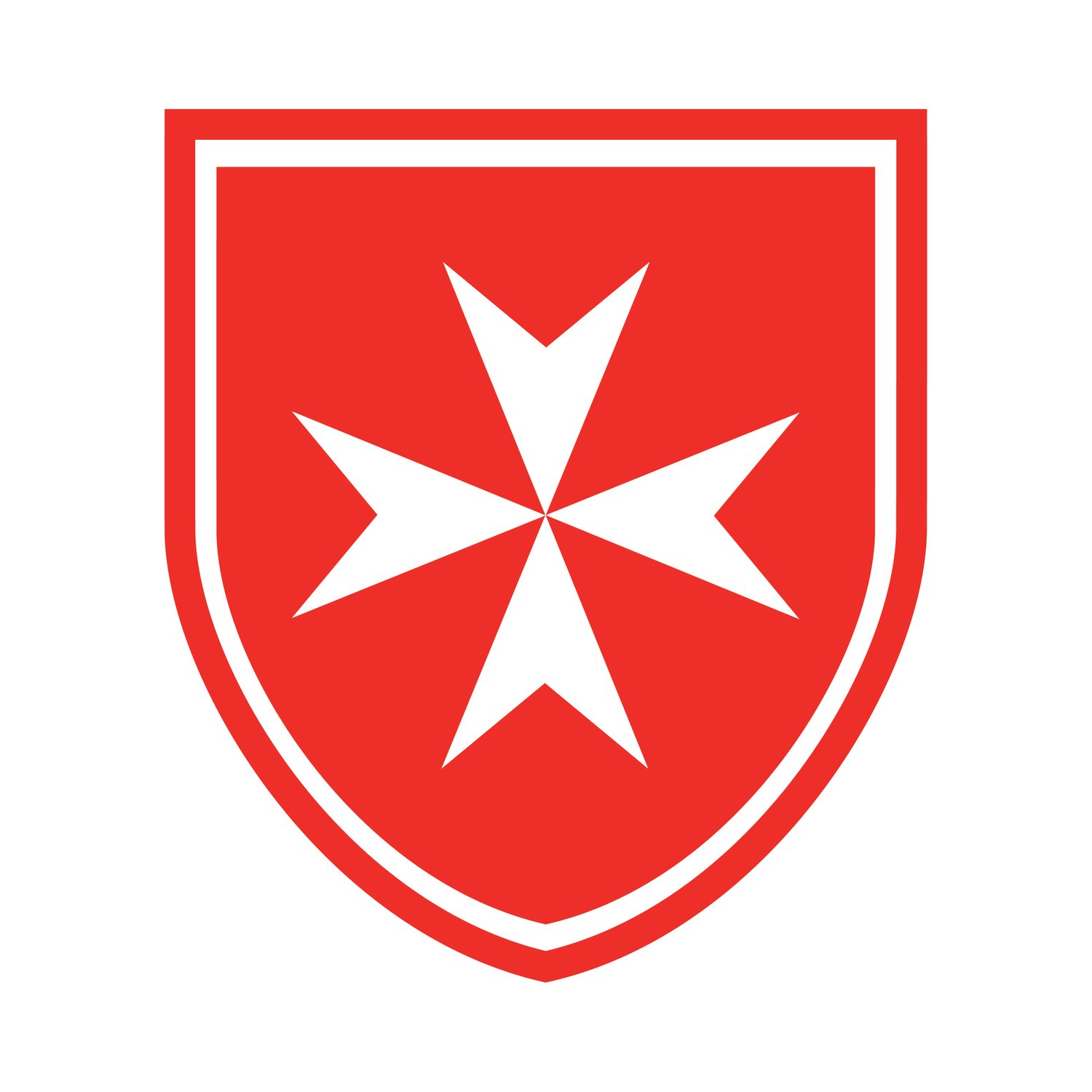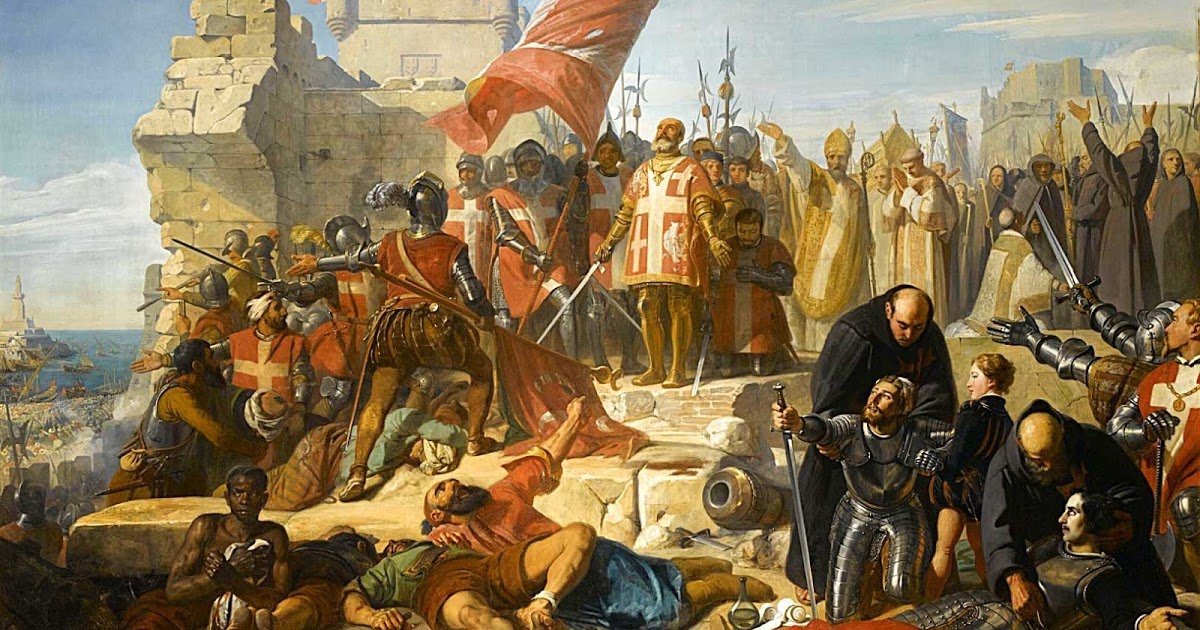History of the Grand Priory of England
There were English knights of the Hospital from the time of the First Crusade, and at some point prior to 1130 the Priory was established, in that year land being given to it to found a house at Clerkenwell by Jordan de Briset. . The Prior of England resided here and governed the Order’s members and lands spread across England, Wales and Scotland. The Prior of England (known as “My Lord of Saint John’s”) sat in Parliament and was afforded precedence before all lay barons, playing an important role in English life.
During the Protestant Reformation, in 1540, the Priory was dissolved by Henry VIII’s government. Several prominent knights of Malta were executed between 1539 and 1541 for denying the Royal Supremacy: Thomas Dingley, Adrian Fortescue, and David Gunston. These three were venerated as martyrs by the Order from the time of their deaths. William Salisbury and John Forest died in prison. Under Queen Mary, the Priory at Clerkenwell was briefly restored under the Grand Prior Thomas Tresham. But in 1559, Elizabeth I dismembered the Priory and seized its lands and assets. The remains of the Priory can be seen to this day in the Church of St John’s, Clerkenwell, and the adjacent St John’s Gate, the old gatehouse of the inner precint of the priory.
These buildings are today the home of the Most Venerable Order of St. John of Jerusalem in the British Realm, founded by Royal Charter in 1888, which purchased them during the nineteenth century. Though there exists no historical connection between the two orders, in 1963, the Order of Malta and the Venerable Order signed a joint declaration of recognition and cooperation. The museum of the Venerable Order at St John’s Gate contains some exceptional artifacts of the Order of Malta’s history.
Despite the Reformation and the consequent dissolution of the Grand Priory of England, there were always English, Scots or Irish knights of Malta. Until the end of the eighteenth century, most of the Englishmen and Irishmen tended to join the Italian Langue, while Scots usually joined the French Langue. Titular Grand Priors of England were appointed, the last of whom, Girolamo Laparelli, died in 1815.
The Sub-Priory of Blessed Adrian Fortescue was founded in 1972, with Lord Robert Crichton-Stuart as Regent. Subsequent Regents included the Venerable Andrew Bertie (the Order’s Grand Master from 1988 to 2008), Viscount Furness, the Earl of Gainsborough, and Frà Matthew Festing (Grand Master 2008 to 2017).
In 1993, the Grand Priory of England was restored after being in abeyance for nearly 450 years, except for titular Grand Priors.
The fifty-sixth Grand Prior of England, Frà Fredrik Crichton-Stuart, succeeded Frà Matthew Festing on his election as Grand Master of the Order, in 2008 and held the position until his death on 14 June 2011. The fifty-seventh Grand Prior, Ian Scott, was installed on 13 October 2011 and retired in 2019. After a period acting as Procurator, Fra’ Max Rumney was installed as fifty-eighth Grand Prior on 8 September 2022.
The Grand Priory now has its headquarters at 23 Golden Square, London, and, by permission of the Ordinary of the Personal Ordinariate of Our Lady of Walsingham and of the Archbishop of Westminster, uses the adjoining Church of Our Lady of the Assumption and St Gregory, Warwick Street as a Conventual Chapel.



